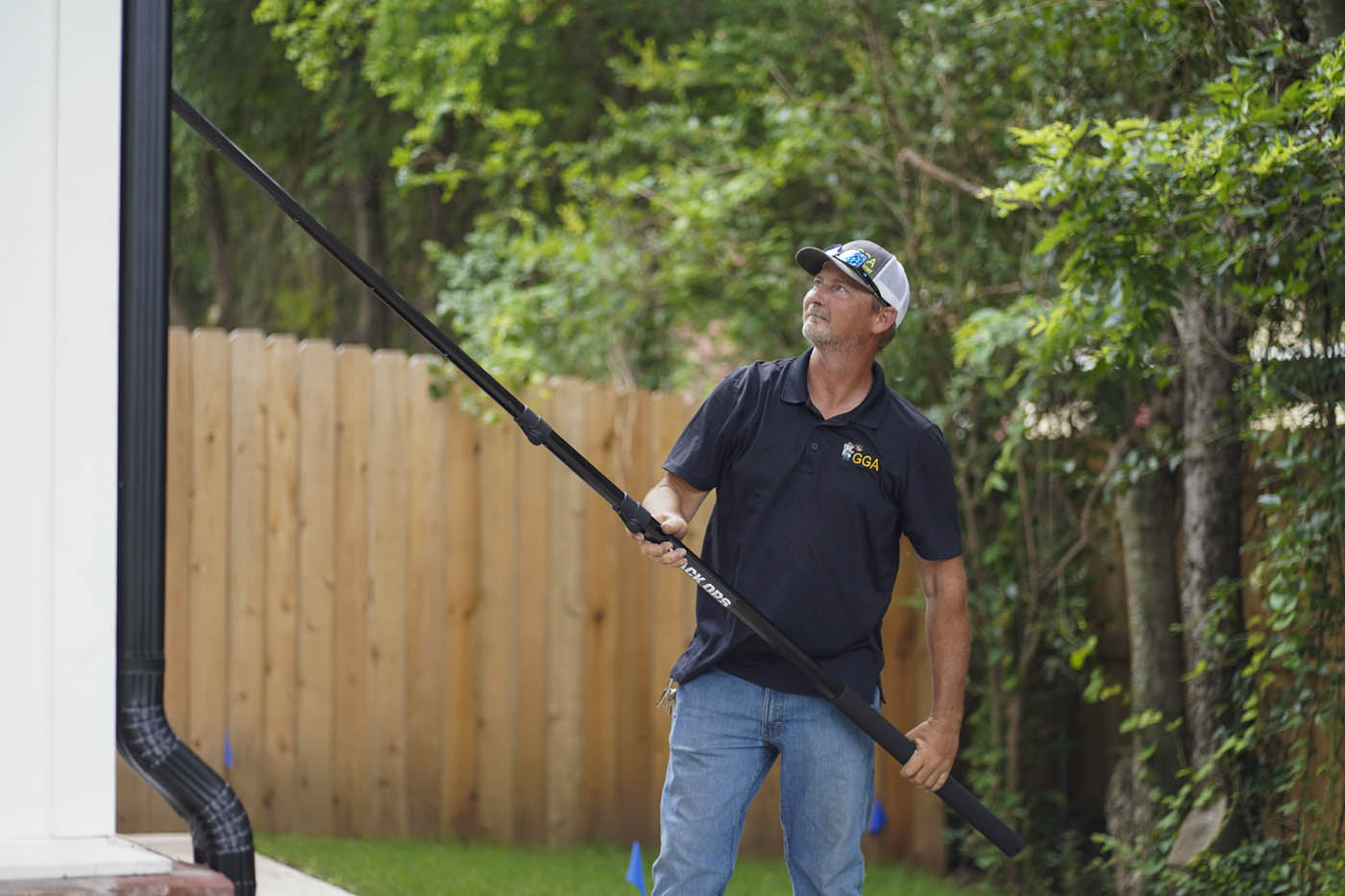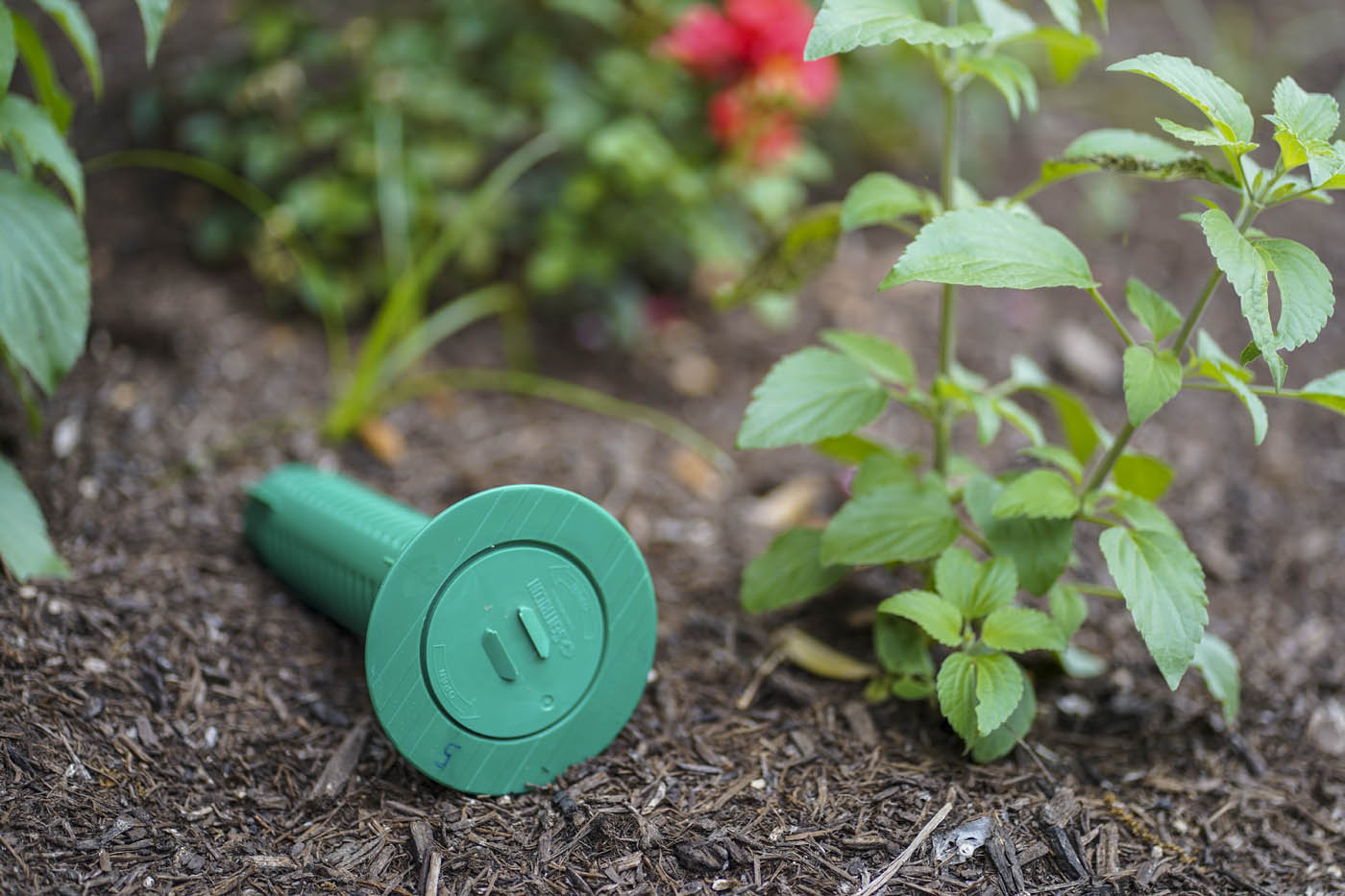Warrior beetle
March 26, 2015
A warrior beetle or stag Beetle lived up to its name when it was recorded dispatching a devil scorpion with little effort. The two creatures were placed into a container in order to discover what happens when the tow face off. After feeling out the environment and each other, the enemies literally locked horns in battle to the death. Eventually, the beetle steamrolls forward undeterred by its competitor's sting. It dives at the scorpion's tail and clamps on with its powerful pincers and eventually snaps it off. Common east of the Mississippi, Stag Beetles are noted for their size, ferocious appearance, and durable exoskeleton. Also, its pincer-like mandibles are dangerous weapons. Female mandibles are much shorter than that of the males. Male mandibles can be as large as their heads. They are primarily night dwellers and are generally attracted to light sources at night. Despite having large, "menacing" mandibles, the Stag Beetle diet consists of sap. The mandibles on the male are generally reserved for male-to-male combat when it comes time to woo a female Stag Beetle. Females lay fertilized eggs on dead trees or stumps. The grubs hatch and mature in the rotting wood. If you come across a stag beetle in your yard search for their larvae. Male and female adult stag beetles do not live long after eggs have been laid. In order to relocate the beetles it is more important to deal with moving the larvae rather than the adults. Larvae usually live between three to five years before becoming adult stag beetles. The larvae do feed on decomposing dead wood, which is a good thing but they could also be feasting on the roots of plants in your garden. A couple of ways to control these beetles is to treat flowers with a product such as Talstar Pro insecticide or add Diatomaceous Earth




